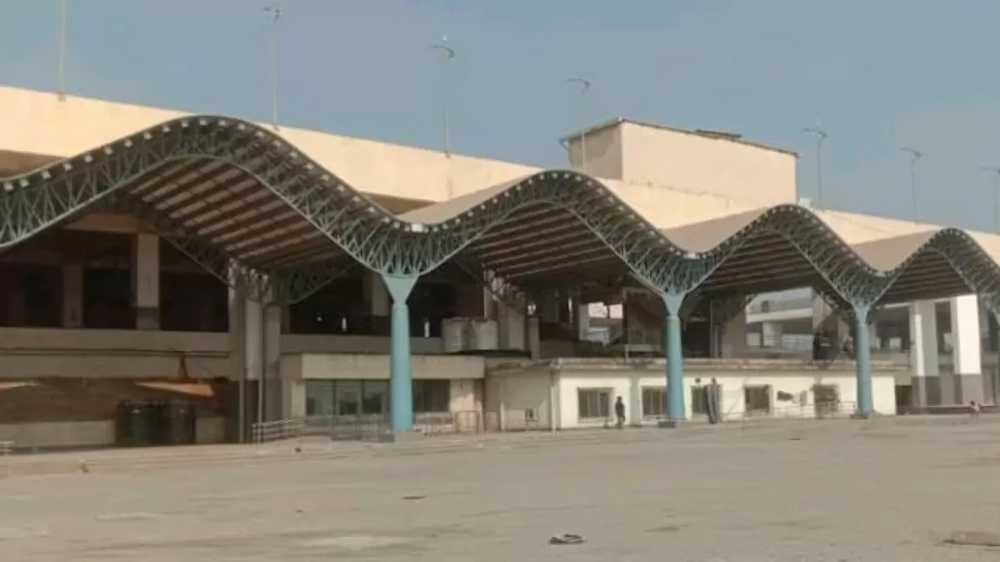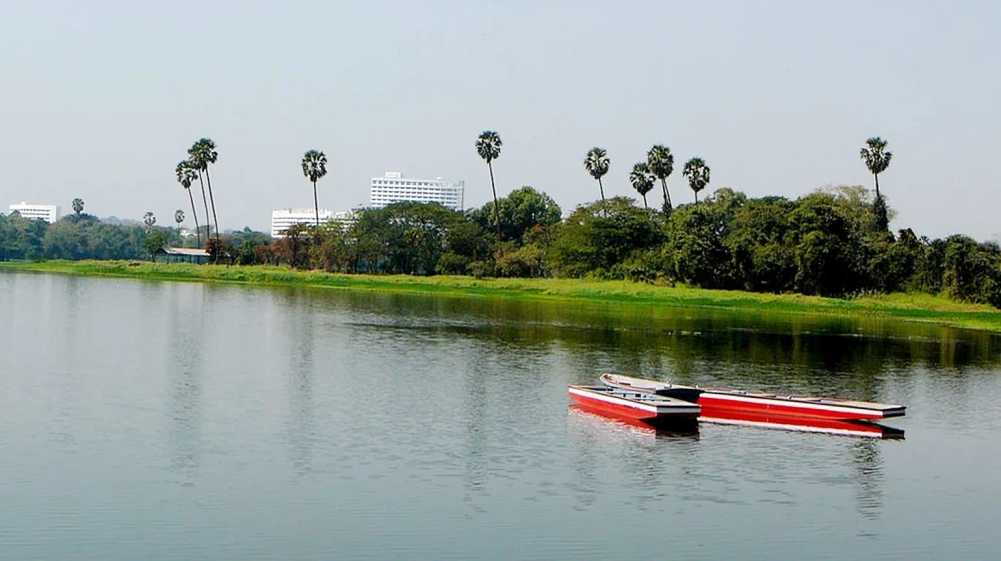August 30, 2025: The Navi Mumbai International Airport (NMIA) has completed the first phase of its infrastructure rollout, introducing 65 new aircraft stands to address Mumbai’s long-standing aviation parking crunch. This includes 42 stands for commercial aircraft and 23 for private jets and general aviation.
Phase 1 is designed to handle 20 million passengers annually and marks the beginning of a major expansion that will eventually provide more than 360 commercial aircraft stands, nearly 90 private aircraft positions, and extensive cargo facilities. Among the highlights is a dedicated general aviation hub, featuring what is expected to be India’s largest general aviation tower, along with hangars and apron space for corporate and leisure jets.
Notices have been issued to private aircraft operators at Chhatrapati Shivaji Maharaj International Airport (CSMIA), directing them to prepare for relocation to NMIA. “The demand for private aircraft parking continues to rise and forecasts from the Directorate General of Civil Aviation (DGCA) regarding pilot licences support the case for expanded parking infrastructure,” said Arun Bansal, Chief Executive Officer of Adani Airport Holdings, which is developing the project.
Currently, CSMIA’s Terminal 1 houses 19 private jet slots, all expected to shift to NMIA once it opens, likely in September. Bansal added that relocation notices have gone to all hangar operators except two at the rear of the current facility.
Phase 1 includes a single 3,700-metre runway with two parallel taxiways to streamline movement. Future phases will gradually expand stand capacity to 153, then 187, before exceeding 360, offering a mix of narrow- and wide-body aircraft stands.
The airport will also house an integrated cargo terminal with 79 stands, semi-automated handling systems, cold chain storage, and 100% cargo screening. Located just 14 kilometres from Jawaharlal Nehru Port Trust, NMIA is strategically positioned for sea-air multimodal connectivity.
Source: Construction World





